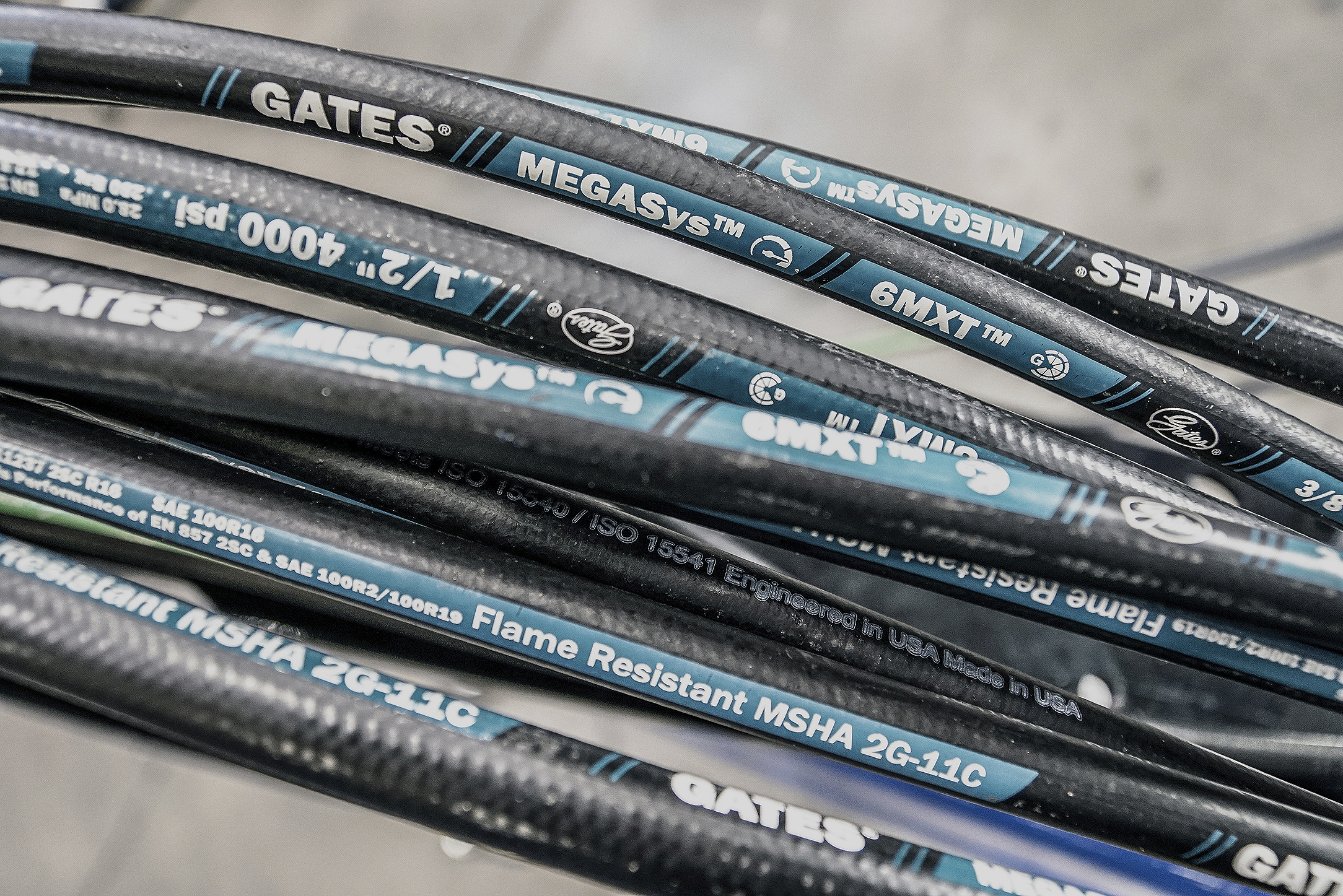Heavy-weight trucks make up 65% of freight transportation and consume half of the oil in the road freight sector. Unsurprisingly globally, freight contributes 35% of road CO2 emissions and 7% of total energy-related CO2 emissions. For Europe’s freight transport to become carbon neutral by 2050, emissions must fall by 90%. Currently, it is only predicted to fall by 22%.
That’s because only 10% of transport fuel comes from renewable sources. According to The IEA Electricity Market Report 2022, renewable solar, wind and hydro provide around 30% of electricity globally, and 40% in Europe. Across the continent, it varies from 70% in Austria and Sweden to just 15% in Hungary, Luxembourg, and Czech Republic. Worldwide, fossil fuels still provide around 60% of electricity. For heavy-weight transport, biofuels or fuels made from recycled components are the most commonly used renewable fuel in Europe. In some countries around the world e.g. Brazil and the US 10% ethanol is blended with gasoline. In the UK around 7-10% of biodiesel is blended with normal diesel, to make fuels more sustainable.
Biofuel is produced from corn, sugar beet and sugar cane, typically as ethanol, and is being utilised in greater quantities- as discussed in our latest whitepaper. The fuel is compatible with existing internal combustion engines. Unfortunately, it requires hundreds of acres of land to provide small amounts of energy. Using land equivalent to 30% of today’s crops worldwide would provide just 10% of current transport fuel needs. Burning biofuels releases CO2 into the atmosphere but is considered by many to be carbon-neutral because the CO2 emitted is offset against the CO2 absorbed while the crops grow. But if land used for bio-based fuels grew food for humans or livestock, it wouldn’t be burnt and release any CO2.
Solar panels use land for energy generation more efficiently. Across the UK, fields shimmer with solar panels delivering 100 times more energy to the national grid than biomass. With the electric motors being two to three times greater than internal combustion engines, the total yield is up to 300 times more than transport powered by biofuels.
To achieve Net Zero, bus and truck CO2 emissions need to fall by 2.1% annually from now to 2040.
In 2020 over 6.2 million medium and heavy commercial vehicles travelled on European roads. But only 0.24% of 5.9 million trucks were zero-emission. In 2020 only 450 Heavy Goods Vehicles (HGVs) in Europe were electric, that’s less than 1% of HGV sales. To achieve net-zero, EV and fuel cell trucks need to reach 30% of sales by 2030. The European Energy Commission will need to introduce more stringent measures to accelerate the decarbonisation of freight transport.
But there are several roadblocks in the way. As the European Union’s 2021 Transport and Environment report states, ‘larger-scale changes in fleet electrification and charging infrastructure development remain necessary’.
HGVs travel hundreds or thousands of miles across countries or continents to deliver their loads. To compete with diesel, a dense, fast-charging infrastructure is needed to put electric re-charging on a par with diesel re-fuelling. The UK and Germany are piloting new electric overhead charging for heavy trucks on the highways, similar to electric tram charging systems, explained in detail in our whitepaper. If Germany electrified one-third of its highways for road freight, Siemens estimates CO2 emissions would fall by seven million tons annually.
However, the largest bottleneck in many countries is the capacity of the existing power grids. Already under strain, they will not cope with future demand as everything becomes electrified.
Electrified-highway technology could be adapted to improve re-charging when trucks are on the road meaning they require less charge when stopped at charge points. In Europe, breaks are mandated every 500km. With trucks being able to recharge on the move, HGVs will require smaller batteries, reducing the power load (500km only requires 700 kWh storage capacity) and recharging time, reducing the strain on electricity grid loads.
The on-highway industry can act rather than wait for government pilots to run, legislation to change, or EV charging electricity to become greener.
Several companies are designing solar-panelled trucks: Shell co-created Starship – a truck with 15, 5,000-watt solar panels across the trailer roof. Thermo King’s 110w solar panel range powers refrigeration units, even in low light, dropping fuel consumption by around 25 per cent and CO2 emissions by up to 560kg. DHL claims solar installation costs can be recouped within two years, and trailers could deliver green energy to national grids.
By 2050 up to 20% of national grid capacity is expected to come from decentralised supply and storage. New technology such as smart grids and smart meters enable EV batteries to become the extra flexible capacity needed for national grids.
For the freight industry, this offers an opportunity to accelerate road decarbonisation. It can build HGV fast-charging hubs powered by on-site solar and wind generation. The 24-hour a-day rapid charging facilities would complete the last mile to, or from, any national highway charging infrastructure. Installing a hub with 30 chargers could cost €21 million. But the cost of solar panels, wind turbines and storage batteries is falling rapidly, and new grid distribution software could offset high capital costs. Enel X, an aggregator of electricity demand, was permitted by Kimberly Clark to manage 5MW of excess load from its Ohio plant, which runs 24/7. Selling electricity to the grid earnt the company over $2 million.
Today access to 100% clean energy for HGV electric charging is limited, and with over 60% of electricity still produced using fossil fuels, EV charging cannot be considered that ‘clean’. As technology evolves, however, the freight industry has a role in supporting green energy production and powering its own future.
We discuss all these issues and review how alternative drivetrains will shape an industry in our on-highway whitepaper. Get inside the debate and download your copy today by clicking the link below.
